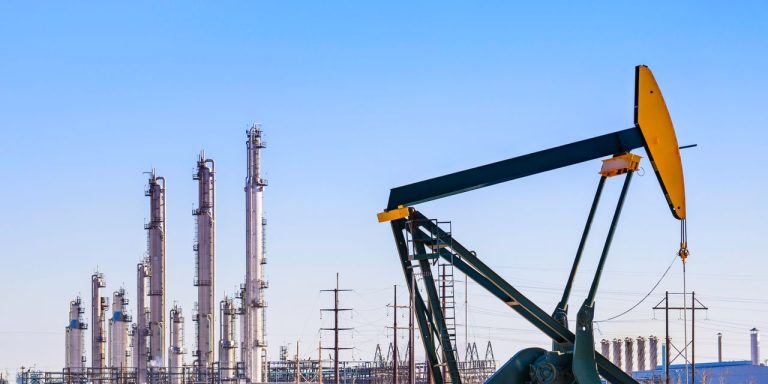Oil futures ended higher Tuesday, shaking off losses seen earlier in the session after disappointing international trade data from China sparked worries over demand.
Analysts tied the rebound to news reports that Saudi Arabia’s cabinet reaffirmed its support for production cuts by the Organization of the Petroleum Exporting Countries and its allies, or OPEC+.
Price action
-
West Texas Intermediate crude for September delivery
CL00,
+0.12% CL.1,
+0.12% CLU23,
+0.12%
rose 98 cents, or 1.2%, to finish at$82.92 a barrel on the New York Mercantile Exchange, after dipping as low as $79.90 in morning trade. -
October Brent crude
BRN00,
+0.07% BRNV23,
+0.07% ,
the global benchmark, settled at $86.17 a barrel on ICE Futures Europe, rising 83 cents, or 1%. -
Back on Nymex, September gasoline
RBU23,
-0.05%
rallied 1.5% to end at $2.8451 a gallon, while September heating oil
HOU23,
+0.05%
jumped 2.3% to $3.086 a gallon. -
September natural gas
NGU23,
+0.87%
rose 1.9% to finish at $2.777 per million British thermal units.
Market drivers
Oil trading centered on a “heavyweight battle playing out in global energy markets today between China demand destruction versus Saudi supply cuts,” said Robert Yawger, executive director for energy futures at Mizuho Securities, in a note.
China scored an “early knockdown,” with crude dropping in early trade after Beijing reported that oil imports fell to a six-month low of 10.33 million barrels per day in July, down 29% from June.
The Saudis countered by reaffirming production cuts, rallying the market nearly 3% off its low and turning crude from deep red to positive territory, Yawger wrote.
“Amid a steady rally dating back to late June, fundamentals continue to skew supportive,” said Robbie Fraser, manager of global research and analytics at Schneider Electric, in a note.
Saudi Arabia has pledged to continue a voluntary production cut of 1 million barrels a day, which took effect in July, through the end of September, while Russia has said it would cut exports by 300,000 barrels a day through the end of next month.
Read the full article here









